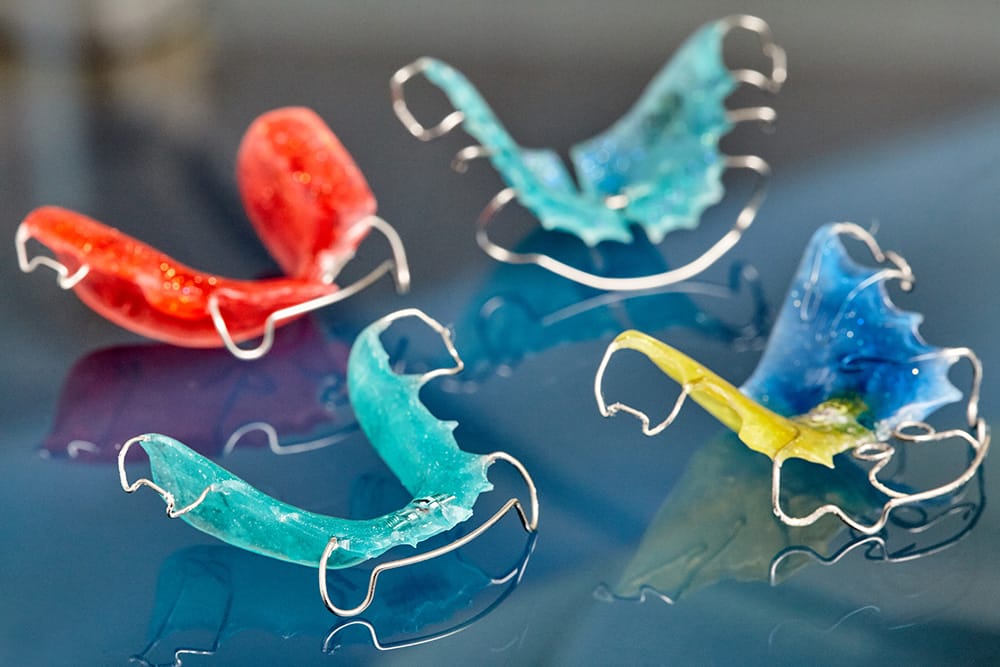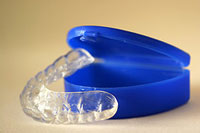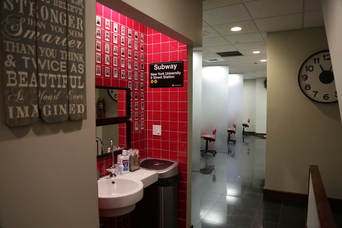Finishing Invisalign feels like crossing the finish line, but the work doesn’t end there. Retainers step in to hold your teeth in place and protect everything you’ve worked for. Skipping them may not seem like a big deal at first, but small shifts can quickly turn into a noticeable change. If you’ve ever wondered what happens if you don’t wear your retainers, the answer is simple—your teeth start moving back. Understanding the risks can help you keep your smile in shape long after your aligners are gone.
Why Retainers Are Essential After Invisalign

Invisalign doesn’t freeze your teeth in place. The bone and ligaments around your teeth stay flexible for months after treatment. Retainers give your body time to lock in those changes. Without them, shifting starts almost immediately. Teeth often move within days.
What Is Orthodontic Relapse?
Relapse means your teeth shift after orthodontic treatment. It can happen quickly. For some people, it’s a minor adjustment. For others, it may undo months of progress.
Signs your teeth are shifting
-
Retainers feel tight or painful
-
Small spaces appear between teeth
-
Teeth start to crowd or overlap again
-
Your bite feels off
Why Teeth Shift After Invisalign
Your teeth are supported by ligaments and soft tissue. These structures have memory. They want to pull your teeth back into their original positions.
Common reasons teeth move
-
Ligament memory pulls teeth toward their former positions
-
Natural jaw growth continues into early adulthood
-
Pressure from grinding or clenching
-
Gaps in retainer use, especially during the first year
-
Wisdom teeth or missing teeth that affect alignment
How Long Do You Need to Wear Retainers?
Most people need to wear retainers long-term. The first year is the most important. After that, you can usually switch to night-time wear.
General schedule
-
First 6 months: Wear your retainers most of the day
-
After 6 months: Switch to night-time use
-
After 1 year: Continue night-time wear several times a week
What Happens If You Stop Wearing Your Retainers?
The effects vary depending on how long you go without wearing them.
After a few days
-
Retainers may feel tight
-
Your bite may begin to shift
Within a few weeks
-
Retainers might not fit anymore
-
Front teeth often move first
After a few months
-
Teeth can return to their original positions
-
You may need new aligners or braces to fix it
Can You Fix the Shift?
If your teeth have shifted, a visit to your orthodontist is the first step. They will check your bite and alignment. If your retainers still fit, wear them more often. If not, you might need a new set.
Treatment options
-
Wear your current retainer if it still fits
-
Replace the retainer if it feels loose or painful
-
Invisalign or braces may be needed for major shifts
Long-Term Impact of Not Wearing Retainers
Moving teeth affect more than appearance. They also create problems for your bite and oral hygiene.
Possible issues
-
Uneven pressure when you chew
-
Jaw discomfort
-
Hard-to-reach spots for brushing and flossing
-
Increased risk of cavities and gum disease
Types of Retainers After Invisalign
Your orthodontist may recommend different types based on your needs.
Removable clear retainers
They look similar to your Invisalign trays. You take them out when eating or brushing. They’re easy to clean and popular with most adults.
Fixed retainers
These are wires placed behind your teeth. You can’t remove them. They stay in place all day. They’re helpful for people who might forget or lose removable retainers.
What to Do If You Stopped Wearing Yours
If it’s been a while since you wore your retainer, take action.
-
Try your retainer. If it fits, start wearing it again right away
-
If it feels tight, wear it for short periods until it fits comfortably again
-
If it doesn’t fit, don’t force it
-
Schedule a check-up. Your orthodontist can suggest next steps
Protect Your Results With House of Orthodontia
House of Orthodontia helps patients maintain their smile long after treatment. Our Brooklyn and Manhattan offices provide both clear and fixed retainers. We also offer check-ins to track your progress. If you’ve stopped wearing your retainer, we can assess your smile and recommend the right next step.
Our team supports you every step of the way. We focus on results that last and care that fits your lifestyle.
Final Thoughts
Skipping your retainers after Invisalign puts your progress at risk. Even short breaks can lead to shifting. Teeth will not stay in place without support. Wearing retainers every night may seem like a small task, but it makes a big difference.
If you’ve gone without your retainers, reach out. It’s not too late to protect your smile.
Book Your Appointment Today
Contact House of Orthodontia in Brooklyn or Manhattan. Let us help you keep your Invisalign results in place. Call us now or book online to get started.




